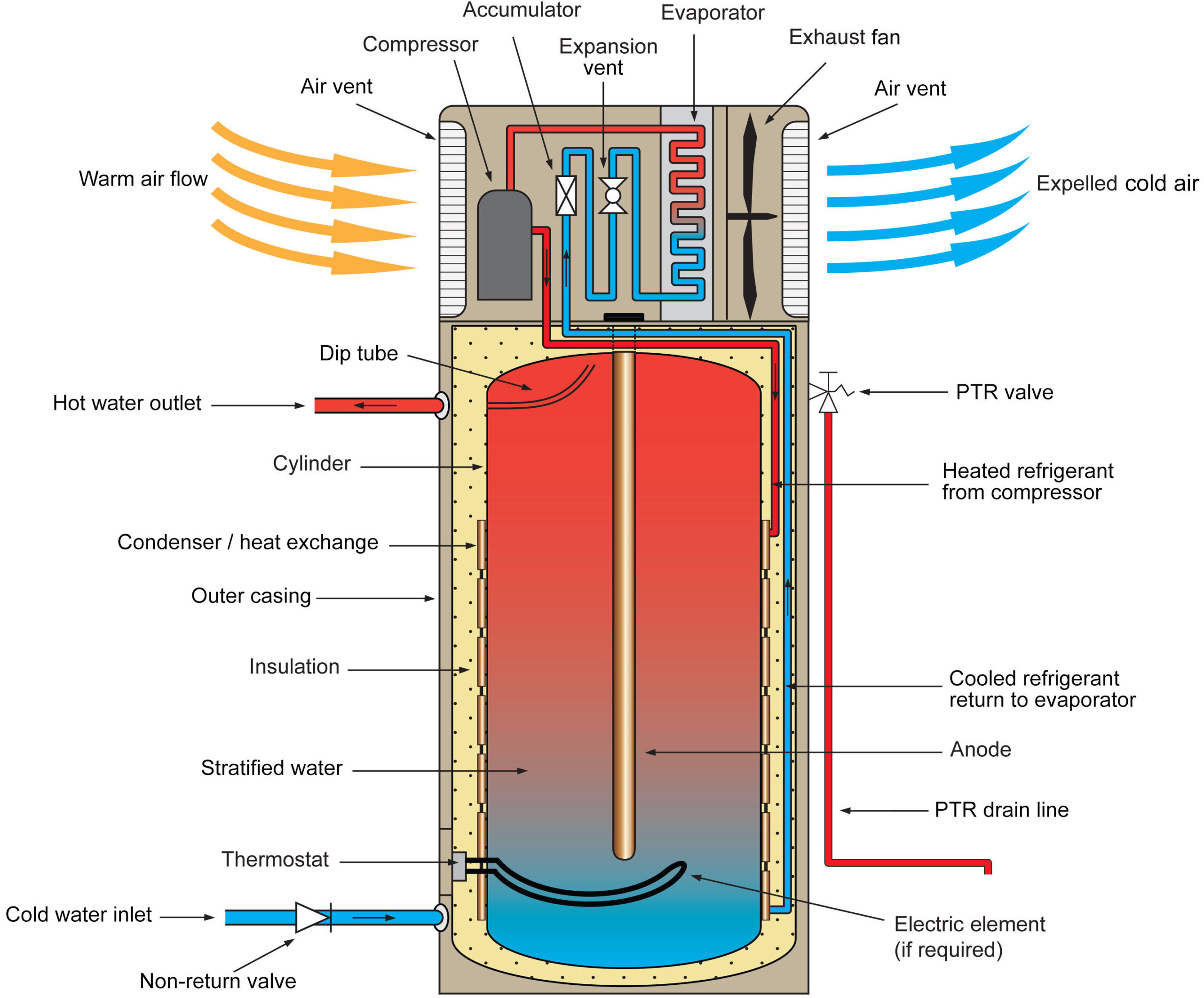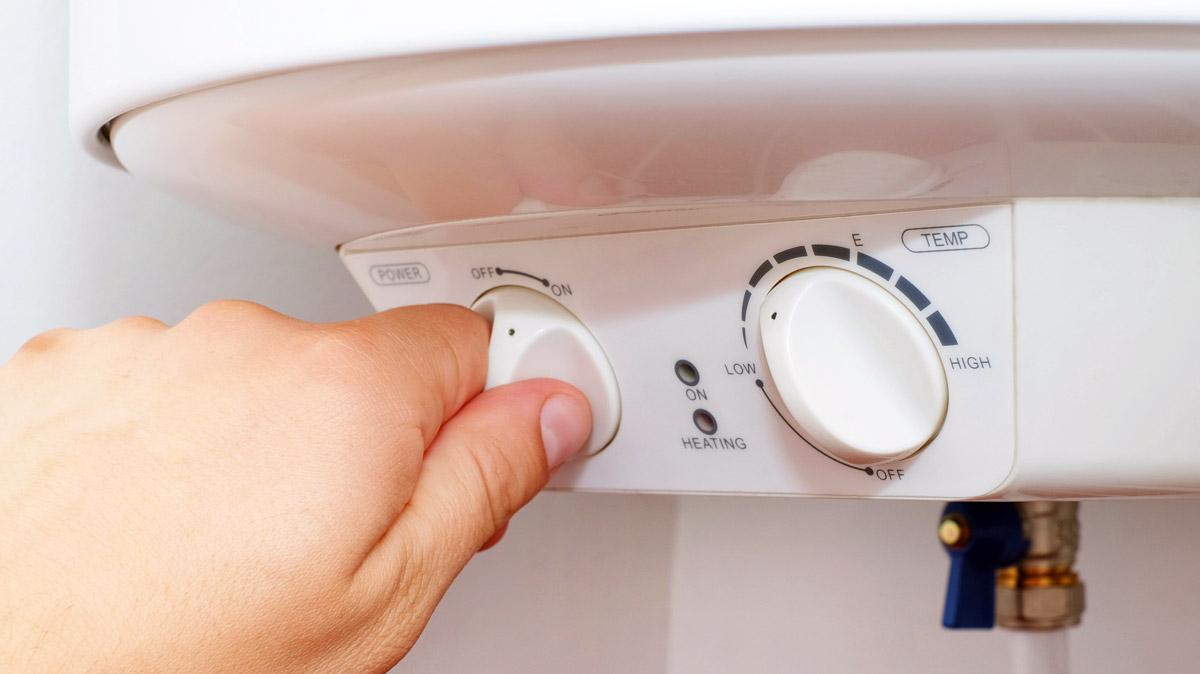Have you ever wondered how your hot water magically appears on demand, even in the dead of night? While some modern marvels remain shrouded in mystery (we’re looking at you, self-scooping ice cream), the secret behind your ever-flowing hot water supply is often quite practical: off-peak hot water systems.
But how exactly do these systems work? And, more importantly, can they save you money while being kind to the planet?
Dive into this comprehensive guide as we unveil the inner workings of off-peak hot water systems and explore their potential benefits for you and the environment.
In this guide:
- Under the Hood: How Off-Peak Hot Water Works
- Why Choose Off-Peak Hot Water?
- Adjusting Habits to Maximise Off-Peak Benefits
- Types of Off-Peak Hot Water Systems
- Regular Maintenance Tips for Energy Conservation
- Things to Know Before You Switch: Considerations for Off-Peak Hot Water
- Ready to Join the Off-Peak Revolution?
- Get Your Fast Quote Today!
Under the Hood: How Off-Peak Hot Water Works
Imagine a superhero with a secret lair. In this case, the hero is your off-peak hot water system, and its lair is a well-insulated tank nestled somewhere in your home. During the day, when electricity demand and rates are high, this superhero takes a nap. But under the cloak of night, when energy use dips and prices plummet, it springs into action!
Your electricity bill isn’t a flatline – it’s a rollercoaster of charges influenced by peak demand. Think rush hour for electricity when everyone’s boiling kettles and blasting ACs. During these times, tariffs, the price per unit of electricity, skyrocket. But fear not, for the off-peak system steps on stage in the wee hours when demand and tariffs plummet.
This superhero stashes hot water in its lair, a well-insulated storage tank. Its trusty sidekick, the heating element, powered by now-affordable off-peak electricity, diligently warms the water throughout the night. By morning, the tank brims with a hot water reserve, ready to quench your needs even while the system takes a daytime nap.
But what about water that cools down over time? Don’t worry, the system can maintain optimal temperature with a built-in thermostat, ensuring a steady stream of warmth. Plus, the tank’s insulation keeps the water toasty long after the heating element sleeps.

Image from Department of Resources, Energy and Tourism
How Timers and Thermostats Contribute to Efficiency
- Timers: Timers are integral to off-peak systems, as they automatically control when the water heater powers on and off. By doing so, they ensure that the heating process only occurs during the cost-effective off-peak window.
- Thermostats: To prevent energy wastage, thermostats regulate the temperature of the water. When the desired temperature is reached, the thermostat switches off the heating element, thus avoiding unnecessary energy consumption.
Together, timers and thermostats are crucial for the efficient operation of off-peak hot water systems, contributing to significant reductions in energy use and the associated costs.
Why Choose Off-Peak Hot Water?
While saving money on your electricity bill is certainly a tempting superpower, off-peak hot water systems offer a range of other benefits for you and the planet:
- Environmental Hero: Shifting hot water heating to off-peak hours reduces your reliance on peak-demand electricity generation, often powered by fossil fuels. This translates to lower greenhouse gas emissions, making you a champion for a cleaner world.
- Solar Synergy: If you’re considering solar panels, an off-peak hot water system can be your perfect partner. Excess solar energy generated during the day can further heat the water tank during off-peak hours, maximising your green footprint and energy bill savings.
- Steady Supply: Unlike traditional systems that heat water on demand, off-peak systems ensure a consistent hot water supply, even during peak usage times. No more lukewarm showers when everyone’s getting ready for work!
Adjusting Habits to Maximise Off-Peak Benefits
Adjusting your water consumption habits can significantly enhance the benefits of an off-peak hot water system:
- Utilise appliances like dishwashers and washing machines during off-peak periods
- Consider insulating your water heater tank and pipes to maintain water temperature longer, allowing for hot water use outside of peak periods
- Plan hot water needs ahead, making sure activities that require a lot of hot water occur during off-peak times
Embracing these adjustments not only reduces energy consumption and cuts costs, but also prolongs the life of your hot water system and relieves pressure on the grid during peak times, contributing to a more sustainable energy future.
Types of Off-Peak Hot Water Systems
Not all off-peak heroes are created equal. The features and costs vary across different types. Here’s a quick look at different system types to find the perfect fit for your needs:
- Single Element System: This basic setup uses one heating element, controlled by a timer, to heat water during off-peak hours. While affordable, it might struggle to meet hot water demands in large households.
- Dual Element System: This powerhouse boasts two heating elements, one for off-peak and one for peak hours. This ensures a steady hot water supply even if the off-peak tank runs low. Perfect for larger families or those with high hot water usage.
- Solar-Assisted System: Combining the best of both worlds, this system uses solar energy during the day to preheat the water, reducing reliance on off-peak electricity and further boosting your eco-friendly credentials.
Regular Maintenance Tips for Energy Conservation
Keeping your hot water system in top shape is crucial for energy conservation:
- Check the thermostat to ensure it’s set at the optimal temperature—around 49°C (120°F) is usually sufficient.
- Periodically drain the tank to remove sediment that hampers heat transfer and reduces efficiency.
- Inspect your system for leaks or wear signs and promptly address issues to prevent energy wastage.
Things to Know Before You Switch: Considerations for Off-Peak Hot Water
While off-peak hot water seems like a win-win, there are a few things to keep in mind:
- Hot Water Availability: During peak hours, you might need to wait for the off-peak tank to reheat if it depletes. Consider your hot water usage patterns and choose a system accordingly.
- Installation Costs: Upgrading to an off-peak system might involve additional installation costs for timers, wiring, and potentially a larger tank. Rare circumstances may see the need for additional plumbing to support the different tank size or Pump. However, these costs can be offset by long-term savings on electricity bills.
- Professional Advice: Consulting a qualified hot water plumber or electrician is crucial to ensure you choose the right system for your home and needs.
Ready to Join the Off-Peak Revolution?
By understanding how off-peak hot water systems work and their potential benefits, you can make an informed decision about whether this superhero belongs in your home. From slashing your energy bills to reducing your environmental footprint, embracing off-peak hot water can be a smart and sustainable choice for you and the planet. There is one thing for sure, if you do install an off-peak hot water system, we guarantee you’ll be running to your electricity meter daily to see all the savings the switch has made to your home energy bills.
Remember, switching to a more efficient system requires careful planning and expert guidance. Don’t hesitate to reach out to qualified professionals to embark on your off-peak hot water journey!
We hope this detailed guide has empowered you with the knowledge you need to make an informed decision about off-peak hot water systems. With this information as your weapon, go forth and conquer those electricity bills while saving the planet.



